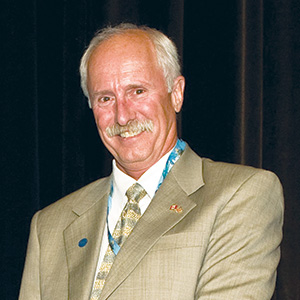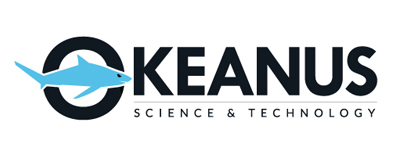A View From… The Engineer

Ted Brockett
CTO, Okeanus Science & Technology

The future of ocean mining… will rely heavily on highly sophisticated handling systems and automated collectors. Marine mining has always been dependent on the pioneering technology of the day, but our current capabilities significantly outstretch what was possible back in the late 1970s, when the first pilot tests were conducted in the CCZ. While widescale commercial operations still hinge on regulatory due diligence, state-backed operators are increasingly invested in developing cutting-edge technology for safe and efficient exploitation activities.
That said, mining operators tend to be less than forthcoming when it comes to their proprietary system designs. And for reasons beyond protecting intellectual property. The reality is that most marine mining systems are, at best, work in progress due to the rate of technological advancement right now. From a subsea engineering perspective, we are fast approaching an inflection point whereby the capabilities of automation will forever redefine how we operate at sea.
While mining the seabed—in particular at the +5,000-meter-depths found in the CCZ—is unlikely to ever be a “crewless” mission, today’s technologists are constantly pushing the boundaries of what’s possible in terms of subsea infrastructure, motivated by the potential efficiency and safety gains associated with streamlined topside support. This is a stark contrast to the proposed mining systems of the past, which have been heavily reliant on the oil and gas exploitation methods—e.g., drilling vessels, riser pipes, ROV deployment, etc.
Subsea residency for autonomous vehicles is now a reality, so identifying how this could transform the ocean mining community’s approach to mineral extraction is an exciting prospect. As far as the harvesting of polymetallic nodules is concerned, there will always be a need for the topside processing of the nodules, but in years to come this may not take the form of a personnel-heavy drill ship. As autonomous systems and controls become more accessible—and truly remote operations become less of a novelty—this topside support may become heavily automated and act more as an anchored processing plant: floating islands, uncrewed cargo ships, AI-driven seabed robots… it is all within our grasp.

